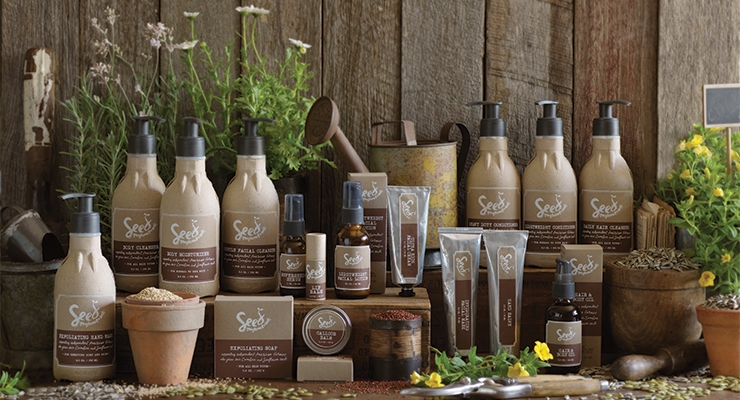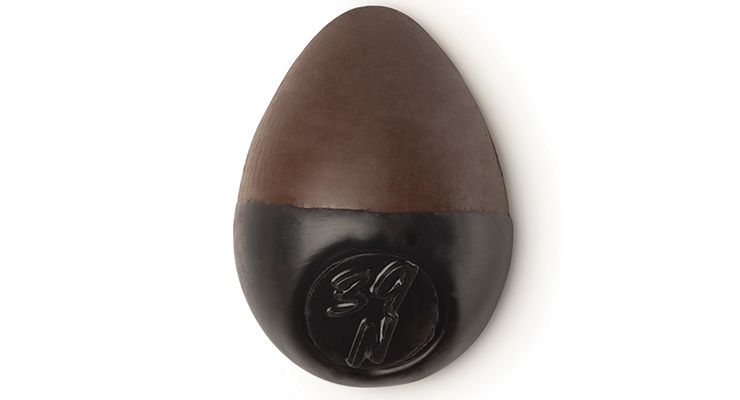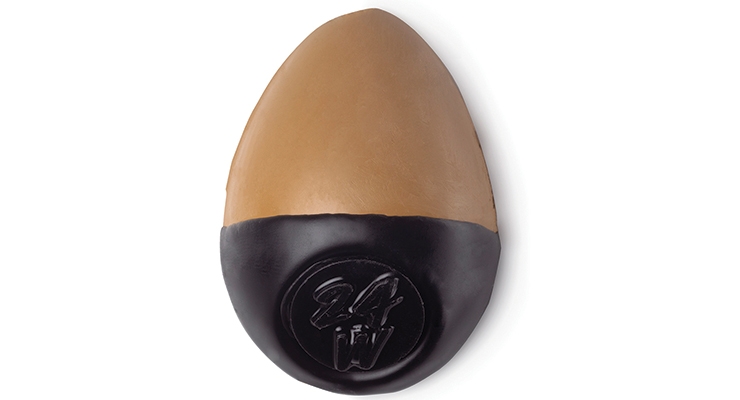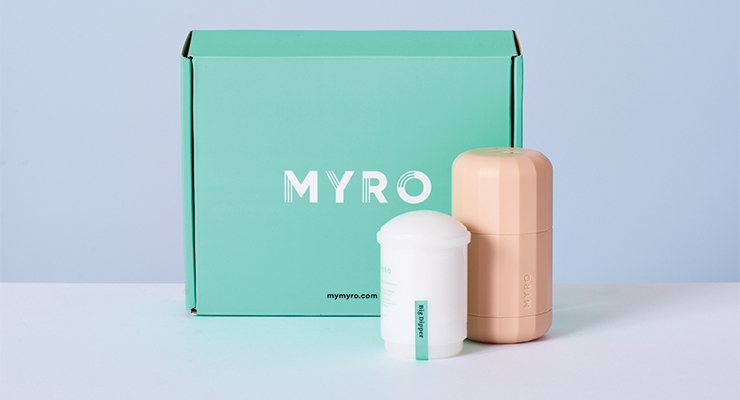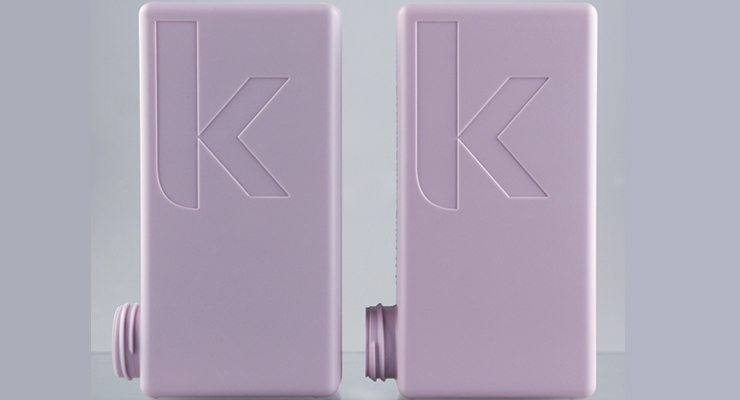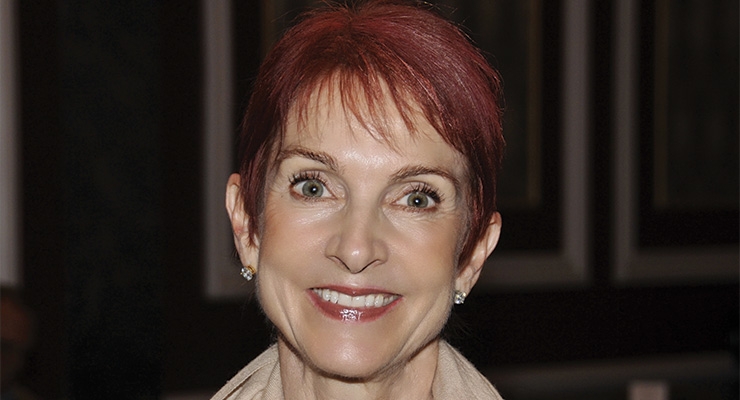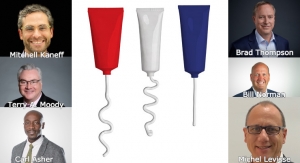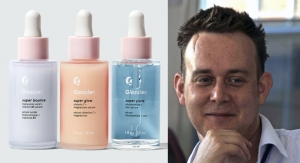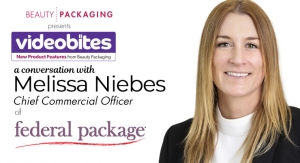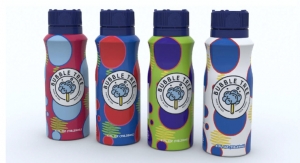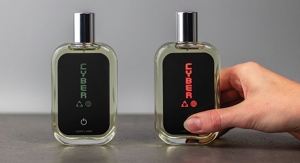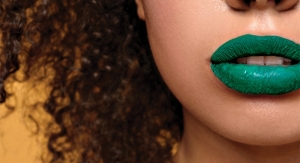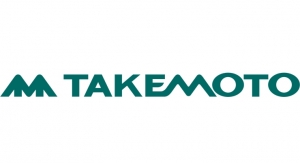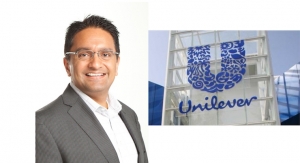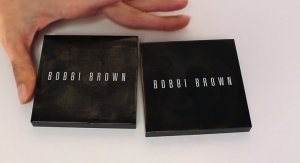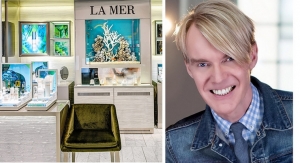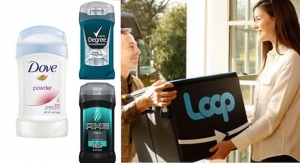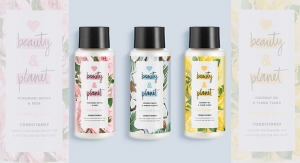Karen Young, CEO and founder of The Young Group04.30.19
Exploring the topic of Personal Care Packaging is a rabbit hole. It is obviously a critical component of the product presentation and often, of function. There is much to be said on the subject. It is impossible to review the category and the current trends without addressing sustainability.
A few grim facts:
- In 2017, the beauty sector generated 142.6 billion units of packaging, most of which ended up in landfill.
- Thirty percent of U.S. landfill is consumer product packaging.
- Sixty-three percent of global packaging in 2017 was plastic.
- Only 14 percent of plastic packaging is collected for recycling.
- There will be more plastic than fish in the oceans by 2050.
Seventy-eight percent of Millennials surveyed felt it is important for personal care packaging to be recyclable, reusable or reclaimable in some fashion. They also indicated that this influences their purchases.
Seventy-two percent of Gen Z women say it is imperative to buy brands that are environmentally responsible.
(Sources: One Green Planet, the Ellen MacArthur Foundation, Earth Day Network, and the EPA.)
We cannot live without plastic, but we must find better ways to live with it.
A great deal of effort is being expended. Several years ago, Procter & Gamble developed sugarcane-derived plastic with significant environmental benefits. It consumes 70% less fossil fuel and releases 170% less greenhouse gas per ton than traditional petroleum-based plastic.
Unilever has partnered with Bio-On to create patented bio-technologies for natural, biodegradable micro-plastics for personal care packaging.
Lush UK launched egg-shaped foundation and stick highlighter in 2018 with no packaging. While the company acknowledges there may be some challenges in using the products, they felt it was an important statement. Lush also features tear-off soap sheets and solid deodorant bars without packaging.
Closer to home, in Brooklyn, New York, Kate McLeod created Body Stones. Her collection of stone-shaped body products is nature-based and does not require packaging. They ship and can be kept in sustainable, reusable bamboo boxes.
L’Oréal’s Seed Phytonutrients claims to use recycled and recyclable packaging for all of their products. They created the first shower-friendly paper bottle, made of 100% post-consumer recycled paper with a post-consumer recycled liner.
Kevin Murphy Hair Care has committed to using 100% ocean plastic for their packaging, starting mid-2019, thus saving 360 tons of new plastic annually.
Myro Deodorant is reinventing the category with plant-based deodorant, reusable and refillable packaging. The company anticipates reducing plastic waste by 50% from the standard deodorant sticks.
Refillable packaging has its own challenges: Even recent trials suggest it is a struggle for retailers (inventory control), and consumers have proven not to be compliant (the packaging eventually looks worn/scuffed). Beauty brands currently incorporating refills include Myro, Zodica Perfumery, Elate Cosmetics, Hermetica, Krigler and Kjaer Weis.
No easy solution. From a marketing perspective, cosmetic packaging, particularly in the luxury sector, is often a consumer driver. Cracking the code of sustainability, aesthetics and design, functionality and presentation requires commitment from every link of the supply chain.
It must be a priority. The alternative is not an option.
About the Author
Karen Young is CEO and founder of The Young Group. Contact: Email Karen.
Read Next
Sustainable Packaging: Why ‘Green’ Is on Everyone’s Lips

